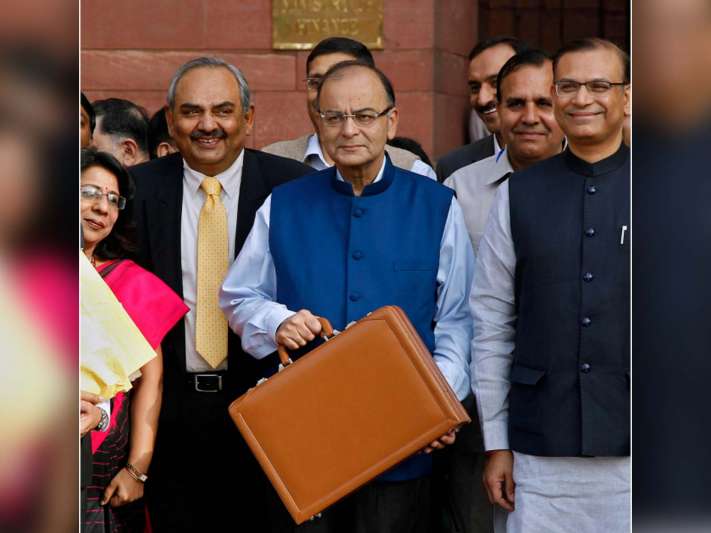The budget briefcase is perhaps the most notable object to be seen on the Budget Day in India and around. The French “baguette” or “small bag” that was once considered sufficient to hold an individual’s wealth was replaced with a leather briefcase, that you see the finance minister carry to the Lok Sabha before delivering the budget speech for the year.
The tradition of the Budget Briefcase started in Great Britain 150 years ago. After Independence in 1947, India adopted several practices and systems from the British, and this tradition of carrying the red, leather briefcase to the parliament before presenting the budget, is also a tradition adopted from them.
In Great Britain, it is popularly called the “Budget box.” On the day of the budget, as soon as the Finance Minister of the British Government steps out of his house, he proudly flashes the budget box to the media, signaling his journey to the parliament to present it.
The earliest usage of the budget box dates back to around 1860 when William Ewart Gladstone was the Finance Minister of Great Britain. He was known to present very long budget speeches which lasted 5 to 6 hours. Since such long budget speeches required lots of files & documents, he felt the need of a box to organize and carry them to the parliament (House of commons). The leather box (briefcase) was specially designed for this purpose leather box (briefcase) and was named the “Budget Box,” which was presented to him by the Queen, and the same budget box has been presented to successive chancellors, who in turn have been continuing this tradition of proudly posing and flashing it during budgets for more than a century.
Along with the many minor traditions pertaining to the speech, the tradition of ending the speech by saying “I commend this budget to the house” is still being followed in India’s Lok Sabha, or Lower House of Parliament and in Britain’s House of Commons.
Image Courtesy: dnaindia.com










Discussion about this post